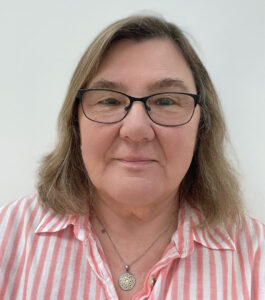Keynote #1: Saturday, June 25, 2022
From outer space to inner space: Sonification for human wellbeing

Dr. Robert Alexander
CEO and Co-Founder, Auralab Technologies Incorporated
How did Auralab tap into the power of respiratory biofeedback to transform thousands of lives around the globe? We used a wearable that’s already owned by billions: the smartphone. Our Breathscape technology generates an evolving tapestry of music in real-time to support users as they relax, meditate, and unwind. Many individuals are stuck in patterns of chronic shallow chest breathing, which creates conditions for anxiety and stress to flourish. Breathscape reverses this pattern by using generative music to draw the user’s awareness back to their breath, promoting healthy, diaphragmatic breathing. In this presentation, I will share my journey– from a composer, to a sonification specialist working with NASA, to the CEO of a venture-backed wellness company. Drawing on my background as a researcher and multimedia artist, I’ll dive into a number of our implementations of one-to-many parameter mapping to explore how sonification can be infused with delight to support breath practice and personal transformation.
Keynote #2: Monday, June 25, 2022
Safety by numbers: Developing and evaluating auditory alarms

Dr. Judy Reed Edworthy
Professor Emerita, University of Plymouth, UK
How do we determine whether one sound is ‘safer’ than another? This is a key issue with the design and evaluation of auditory alarms, and yet until recently there has been very little to help on this matter other than addressing the question ‘Is it loud enough?’. This lack of useful evaluation metrics has also been bad news for standards and guidance documents, making it difficult to make progress even though the technology available for reproducing sound is now excellent, meaning that sophisticated sounds can be put into devices from mechanical ventilators to microwaves. In the process of developing alarm sounds for a global medical device safety standard (IEC 60601-1-8), we developed a set of metrics that could be used to compare the performance of alarms which included learnability, localizability, audibility, and performance in simulation. These metrics make it possible for users to see how ‘safe’ an alarm might be, and also allows users and developers to compare the performance of their own alarms against ‘best-in-class’ alarms. The alarms that were developed, as well as the metrics, are now available in the update of this standard, which was published in 2021. I will present this project as well as briefly mention another application area, chemical industry control room alarms, where a metric-based system has also been used for developing new auditory alarms.